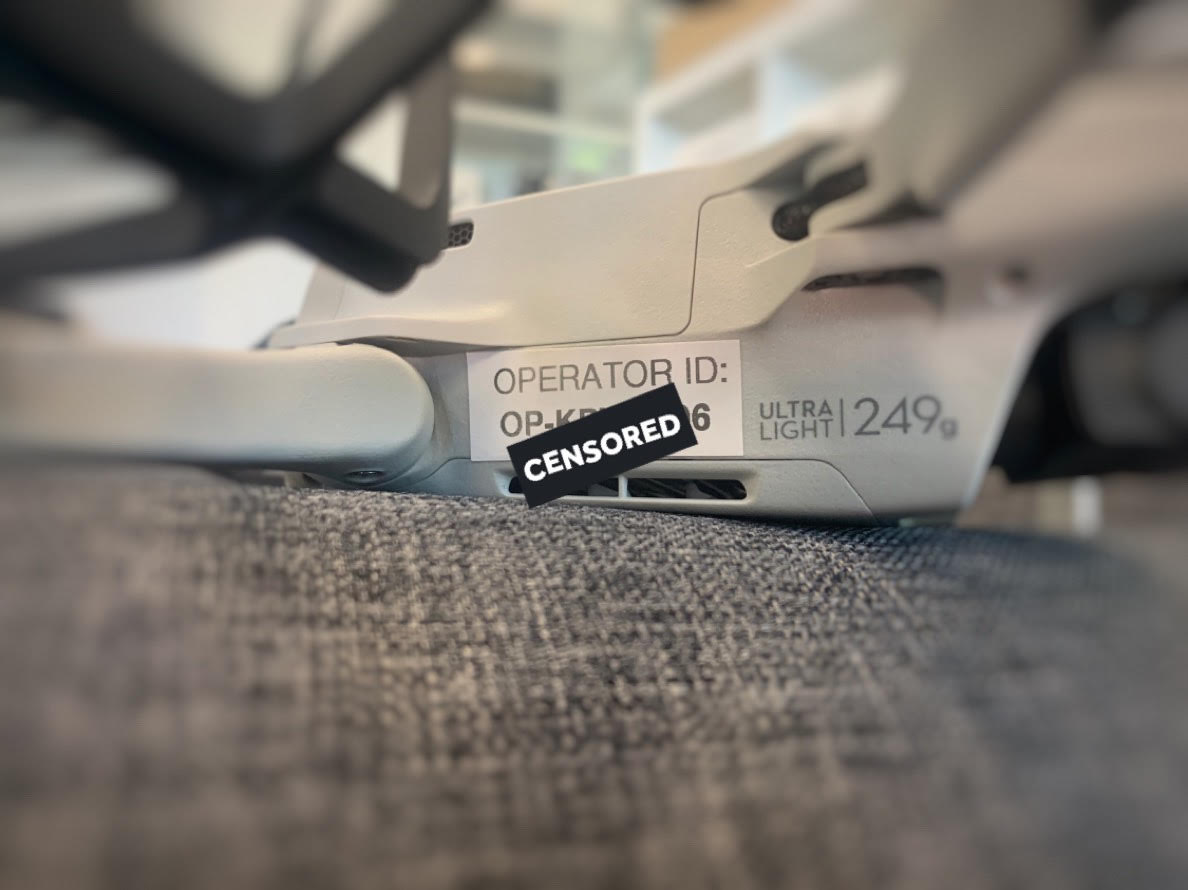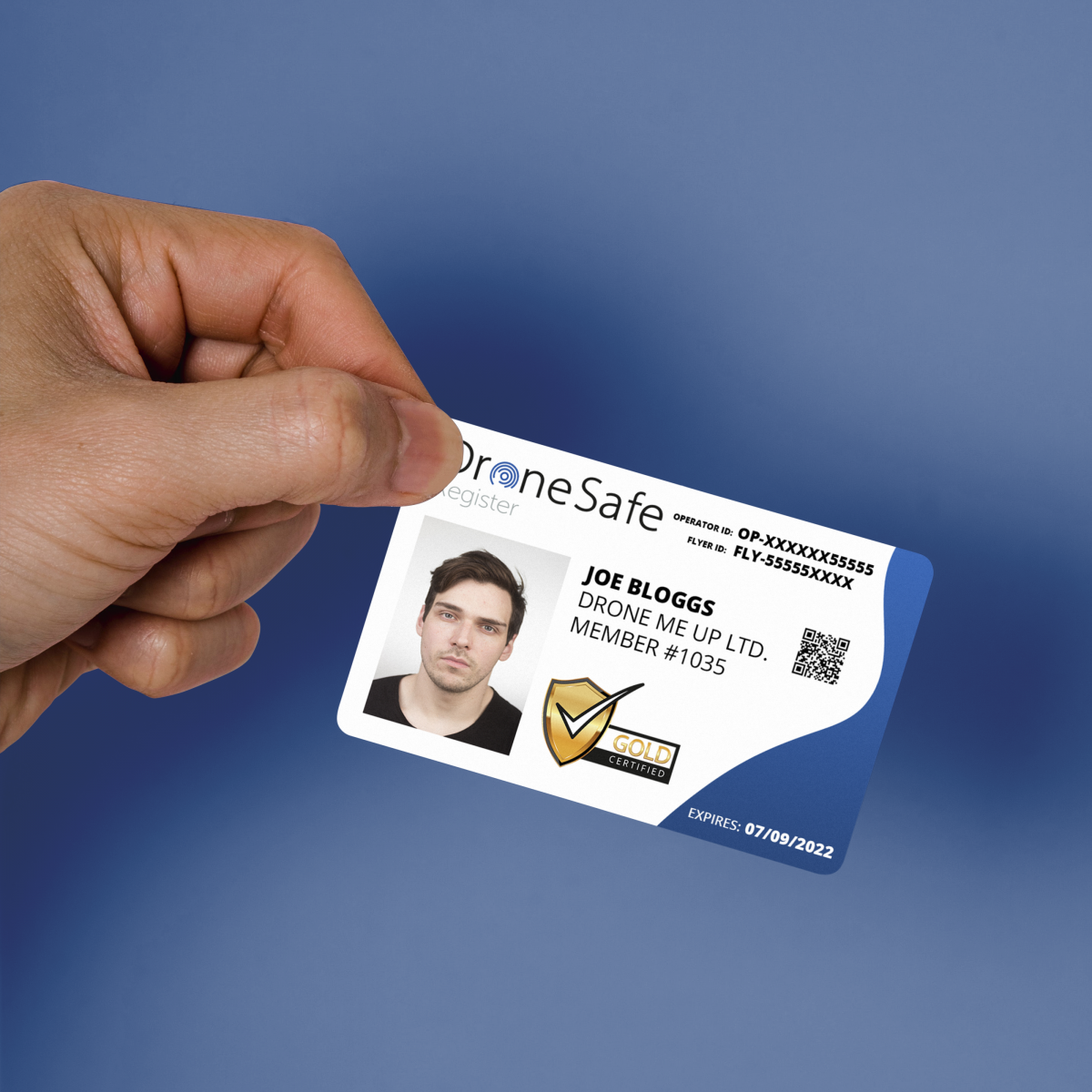
Commercial Drone Flying Permissions
Learn How To Become a Licensed Commercial Drone Operator With CAA Flying Permissions
In our previous blog, we outlined the rules and regulations when it comes to CAA Drone Identification, including the Operator ID and the Flyer ID.
These encompass the rules for small drones and toy drones, but as soon as you explore further than the DJI Mini 2, you enter the world of CAA Drone Permissions.
Find out how you can fly flagship DJI drones like the Mavic Air 2S safely, commercially and legally.
CAA Drone Permissions
When it comes to legally flying a drone for commercial purposes, the operating laws have changed dramatically over the past few years.
As opposed to a standard all-encompassing "drone licence," there are two primary types of remote pilot competency qualifications available.
Anyone who wishes to fly a drone for commercial purposes (also known as aerial work) must obtain ‘permission’ from the CAA.
To earn a Permission, you must demonstrate: a sufficient understanding of aviation theory, pass a practical flight assessment and develop procedures for flights in an Operations Manual.
There are two types of Permission on offer from the Civil Aviation Authority:
A2 Certificate of Competency
GVC + Operational Authorisation

Learn About the A2 Certificate of Competency (A2CofC)
A2 Certificate of Competency (A2CofC):
After passing the A2CofC, you can use a drone for commercial purposes for the first time without having to shell out hundreds of pounds for additional training and authorisations. The A2 allows you to create a drone business and fly for hire, but it has restrictions on the kind of drones you can use.
You can fly the following commercially with the A2:
Subcategory A2 of the Open Category
Utilising below 500g aircraft, Open Category, Subcategory A1, until December 31, 2018.
Future Aircraft
Series Mavic
Series: Phantom
Users of drones under 4 kg that are classified as C2 and who intend to fly them close to people should take this course. The A2 is a skill that allows flights in the A2 subcategory, regardless of whether they are for recreational or business purposes. It is not particularly a commercial licence.
Operators taking the A2 must study for and pass a timed, theory-based exam, which can be taken in a classroom or online. There are several training companies out there, but you must make sure they are CAA-approved.
Drone Safe Store work with Osprey Drone Training to provide the Advanced A2CofC to customers at a discounted rate.
The exam is administered in a formal setting and consists of 40 multiple-choice questions covering meteorology, UAS flight performance, and technical/operational ground risk mitigations.
The exam is closed-book, with a minimum passing score of 75%. The exam will last 75 minutes, but any candidate with a recognised disability or additional needs (e.g., dyslexia or dyspraxia) will be given an extra 15 minutes.
With the A2CofC you can operate many drones commercially, but it primarily acts as an acknowledgement of your skills and abilities as a drone pilot.

Learn About the GVC
The GVC is a remote pilot competency certificate that was introduced as a simple, "one-stop" qualification that meets the remote pilot competency requirements for VLOS operations in the Specific category.
The GVC qualification is awarded by an approved training provider, known as Recognised Assessment Entities (RAEs) after completion of the course. The GVC is comprised of a theoretical examination and a practical flight test, which are both conducted at an RAE facility.
The GVC’s purpose is almost exclusively for the application for the Operational Authority only - it has little worth outside of this.
The GVC does not have sufficient permission to fly commercially on its own; you must also ensure that you have applied for and received your OA from the CAA after completing your GVC.

Learn About The Operational Authorisation
You must then submit a second application to the CAA for operational authorisation after finishing your GVC. The CAA must approve the OA because it is one that it has issued.
As Part Of Your Application, Please:
Operations guide
risk evaluation
Information on each remote pilot's level of expertise during the operation
A current operations manual and annual renewal are requirements for the CAA Operational Authority.
Although the application can be completed online, incomplete applications will be rejected according to certain guidelines.
The applicant will be informed if their application is refused, and you will need to make revisions.
Each OA operator must make sure they have sufficient insurance.
Drone Safe Register and Drone Safe Store collaborate with Coverdrone to ensure that all of our operators have access to best-in-class insurance options.
The Operational Authority is the gold standard of drone permissions, allowing you to fly all classes of drones commercially within the guidelines of your operations manual.











